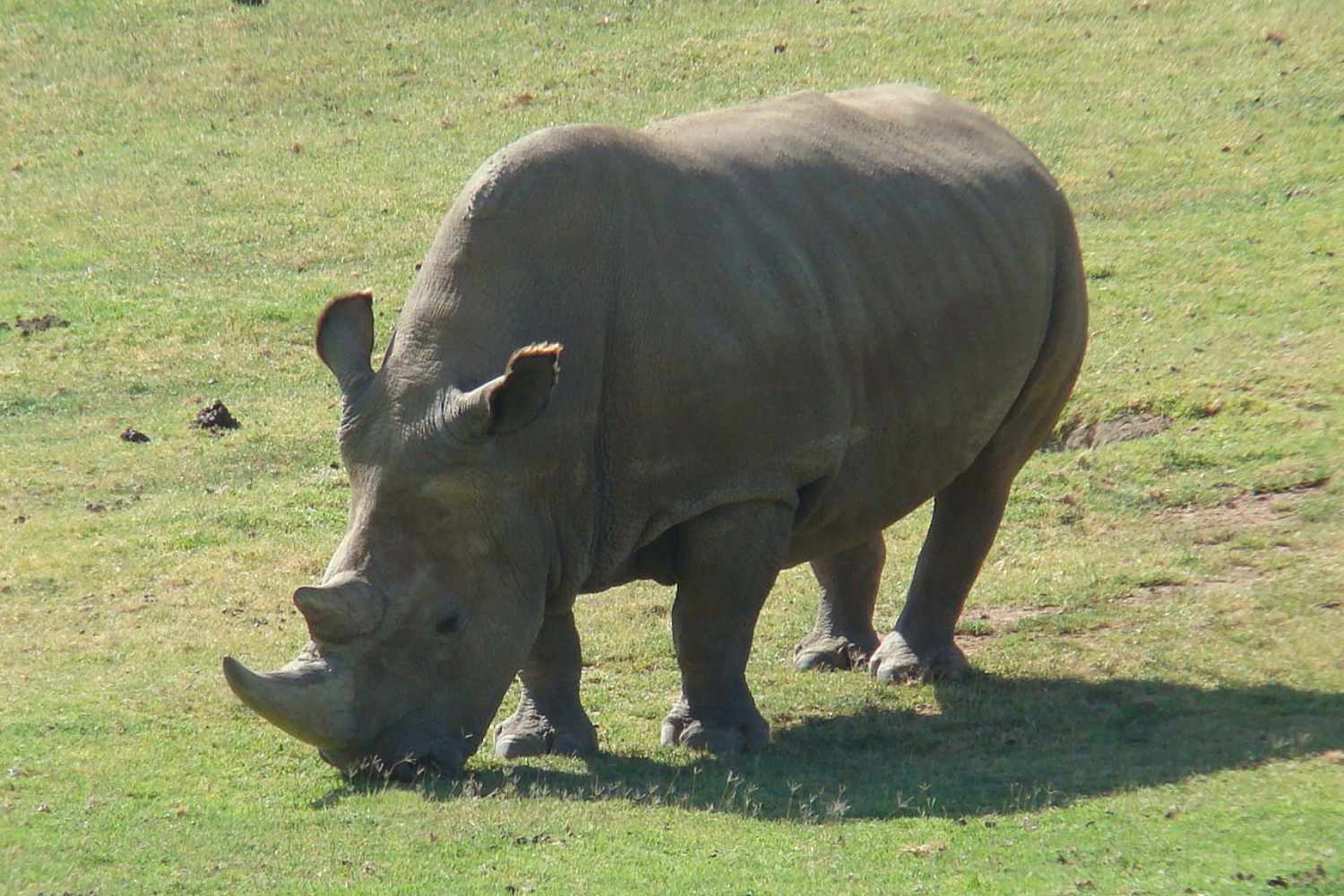South African scientists are injecting harmless radioactive isotopes into rhino horns to make smuggling detectable at borders. Early tests show no harm to rhinos and high detector sensitivity; impact on poaching rates remains to be seen.

@Sheep81/Wikipedia
In South Africa, scientists are taking a decidedly new swing at rhino poaching: injecting tiny amounts of radioactive isotopes into rhino horns so they can be picked up by radiation detectors at airports and border crossings. The idea is simple enough to be bold—make the contraband impossible to move quietly—and it now has a formal name: the Rhisotope Project.
Researchers at the University of the Witwatersrand, working with nuclear-energy officials and conservationists, moved beyond last year’s prototype phase—in which small quantities of radioisotopes were injected into the horns of 20 live rhinos—and have begun real-world rollout. Five rhinos have already received the harmless isotopes, with more planned as the program scales.
How it’s supposed to work
Radiation detectors used at customs are remarkably sensitive. Even low levels of radioactivity can trip alarms, which means a horn smuggled in luggage or a cargo crate should light up the moment it reaches a checkpoint. The deterrent isn’t about harming anyone; it’s about raising the risk for traffickers to the point where moving a horn becomes a losing proposition.
Is the material safe for rhinos?
According to the university’s Radiation and Health Physics Unit, the pilot tests found no harm to the animals. As project scientific director James Larkin puts it:
“We have demonstrated, beyond any scientific doubt, that the process is completely safe for the animal and effective at making the horn detectable through customs nuclear security systems.” He added: “Even a single horn with radioactivity levels significantly lower than those that will be used in practice successfully triggered alarms in radiation detectors.”
That’s the crux: safe for the rhinos, noisy for the smugglers.
the stakes, in hard numbers
A century ago, the International Union for Conservation of Nature estimated there were about 500,000 rhinos worldwide. Today, roughly 27,000 remain—an unflinching testament to the black-market demand for horn. South Africa, home to the largest population at around 16,000 rhinos, also bears the brunt of the killing, with about 500 rhinos poached each year. Numbers like these don’t need much commentary; they land with their own weight.
What we still don’t know
Will radioisotopes actually reduce poaching? That’s the open question. The early goal is pragmatic: make smuggled horns easier to detect and map trafficking routes more precisely. If those pieces fall into place—and the animals’ health remains unchanged—the approach could become one more hard-edged tool in the conservation kit. And in a fight this lopsided, every tool matters.
Sources: Rhisotope Project / The Indipendent / IUCN
